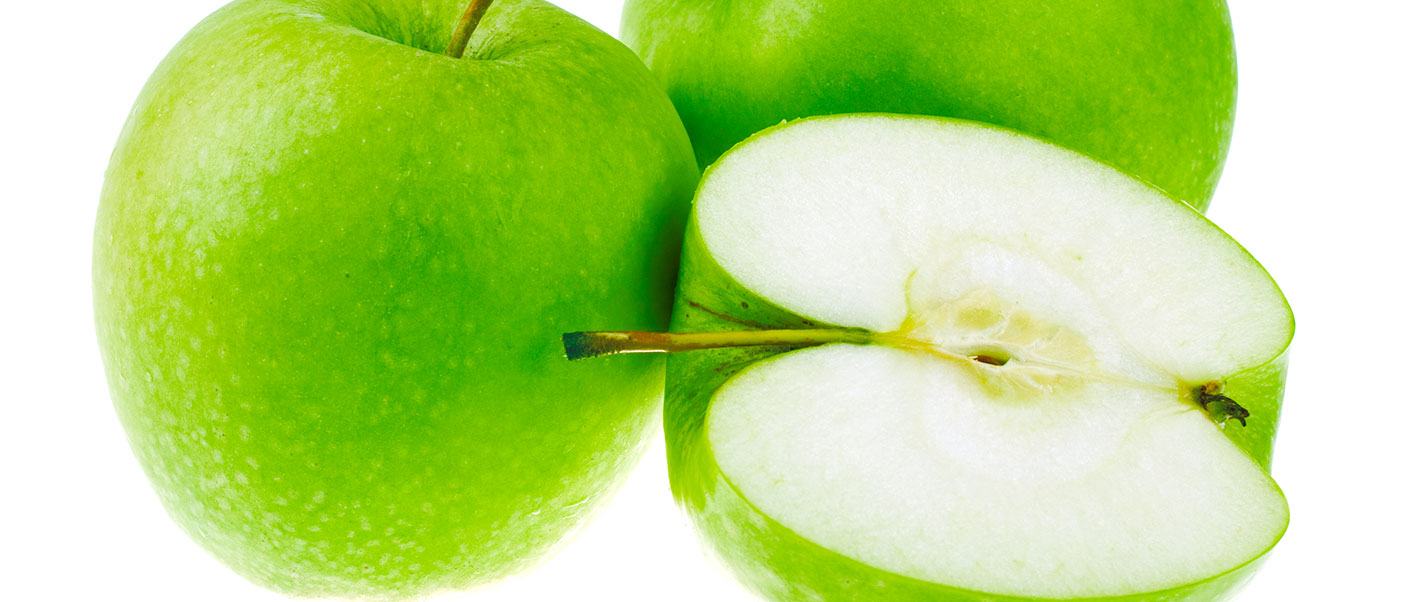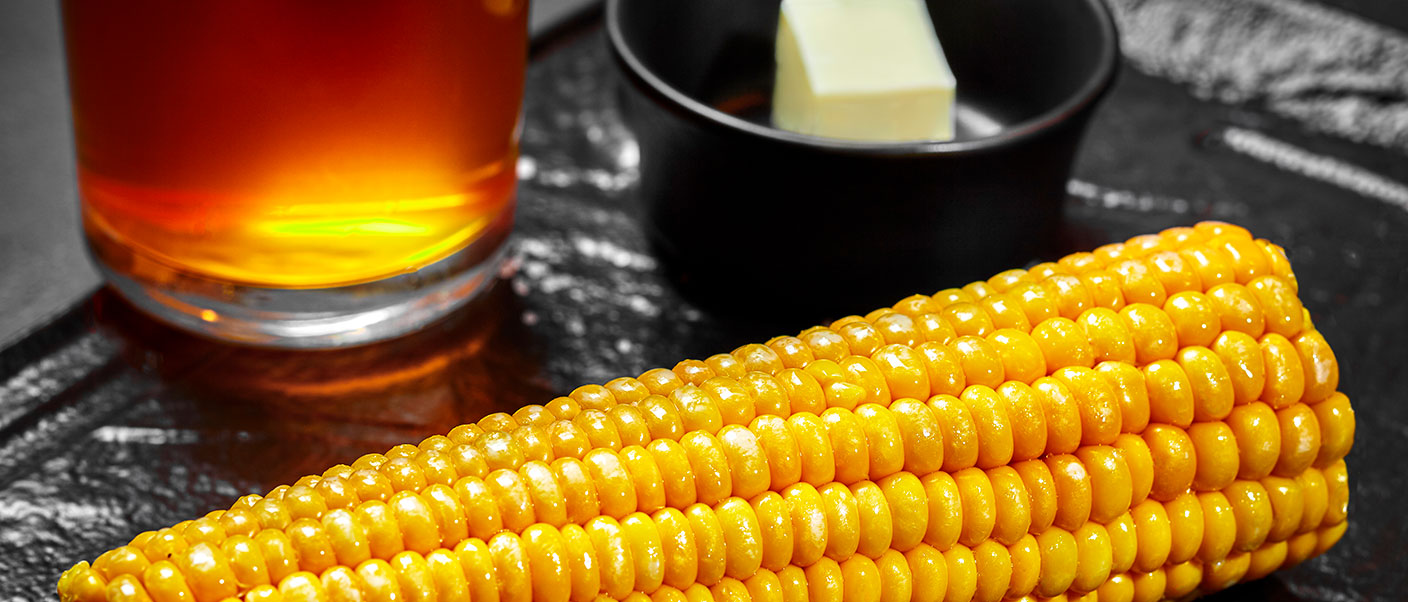In this post, we list the most common “off flavours”, undesirable flavours and aromas, that can occur in beer.
Beer tends to generate typical flavours that create unique and pleasant sensations for the majority of consumers. There’s also a smaller group of more obscure ones that are well tolerated in some beer styles, and lastly a series of unpleasant flavours that objectively trigger rejection on the palate and which, therefore, must be identified in any style or type of liquid during production.
Learning to recognise and identify these nuances takes time and, above all, experience and training, but it’s crucial, as it will help you control and eliminate from a batch any possible alteration that might ultimately cause the end consumer to reject it.
Although the goal is to avoid it to the extent possible, on some occasions products are released that develop defects and become contaminated during one of the production phases, bottling or storage, or even while being transported or served. So, it’s best to learn to identify these nuances which can taint beer in some way.

12 most common off flavours in beer
1. Acetaldehído, the “green apple” taste
Acetaldehyde is a chemical compound produced by the yeast during fermentation as a precursor of ethanol. This alteration can also be due to oxidation, where there is a high level of O2 in a bottled beer, which can convert those ethanols to acetaldehyde.
In this case, the main characteristic flavour is green apple, although it may also remind us of pumpkin, with harsh sensations, and it can even be confused at times with the sweet esters of apple with a touch of acidity.

2. Butyric acid or the unpleasant taste of “baby vomit”
It’s so unpleasant that it’s perceived as a rancid flavour, like baby vomit, or like that of spoiled milk or butter. It’s typically produced by a bacterial infection during the brewing process due to lack of cleanliness of the installations, and it can also occur during production of the wort, with sour mashing, or even during bottling.
3. Sourness
In this case, it can even be perceived as spiciness at times. Any acidity is because acids are added through elements such as fruit, or because the yeast contributes some natural acids during fermentation. It’s also possible to detect acidity from contamination with lactic acid bacteria in the keg installations.
4. Extremely sweet or syrupy
An touch of excessive sweetness can be caused by deficient fermentation or yeast that’s gone bad. Some circumstances like a high alcohol content or fermentation without a controlled temperature, can result in this extra-sweet sensation in the beer.
5. Diacetyl, reminiscent of buttered popcorn
Although this buttery touch is accepted in some wines, Chardonnay for example, in beer it can be inappropriate. Diacetyl is generated by the yeast during fermentation, from a short or weak boil, from keeping the fermentation at a low temperature, or even at times from bacterial contamination. The exception is Czech pilsner beer, in which touches of diacetyl are acceptable.
6. Dimethyl sulphide (DMS), sweetcorn or canned vegetables
It’s a very characteristic and undesirable flavour in beer because it’s reminiscent of sweetcorn, cabbage, all types of canned vegetables or even tomato sauce. Although, exceptionally, the right amount is pleasant in some kinds of beer, such as pale lagers and German pilsners, it is generally unpleasant.

DMS comes from a sulphur-containing compound (S-methylmethionine or SMM) produced when the grain germinates during the malting process, and it changes to DMS during the boil. This flavour can also come from wild yeast or some type of bacterial contamination during fermentation.
7. Grainy/cerealy or “husky” aroma
Let’s say that this flavour appears when the malt is raw, and the aging period before brewing has not been respected. It can also occur when the grain has been over milled or left in water that is too hot. The sensation of tasting a grainy beer will be reminiscent of raw or very fresh grain, with a flavour of nuts or a very green grain. In beers in the stout style, it can be a pleasant and sought-after aroma.

8. Hydrogen sulphide (H2S), “rotten eggs”
One of the most uncomfortable smells that can be detected in a tainted beer, it’s reminiscent of rotten eggs or that sulphurous smell found near hot springs. Normally this hydrogen sulphide will be produced by the yeast during fermentation, and, when it’s stressed, this will increase and be the main cause. Another reason can be a bacterial infection and autolysis of the yeast
9. Mercaptan (ethanethiol), smell of rotten vegetables or natural gas
Mercaptan is sulphurous element found in some beer styles, but it is unquestionably a bad taste when it exceeds average levels in the taste. This alteration occurs mainly during fermentation with certain strains of yeast. It can also be caused by autolysis of the yeast and by infection with anaerobic bacteria.
10. Metallic taste
Metallic flavours like blood, and coppery, harsh or oxidized flavours can also arise during beer brewing, particularly due to contact with metal elements during the process. The type of water used during brewing, if it has a high metal content, can also be the cause.

11. Oxidation, a certain “cardboard-like” flavour
The sensation when tasting a product with too much oxidation is similar to that of chewing cardboard. One of the main causes of oxidation is related to aging. The oxygen conditions, the storage temperature and the ingredients in the beer can have a considerable influence.
12. Lightstruck or skunk aroma
This forms in beers that have been subjected to intense natural or artificial light for a period of time. The light degrades the hops aromas, especially in clear or green glass bottles (topaz-coloured bottles keep out a large portion of the sun’s rays and better withstand this oxidation). However, this aroma is accepted in certain beer brands.










Comments